A week in Paris: on humanist photography and Sabine Weiss
Exploring Parisian photography of the 1950s
Humanist photography
Le Boulevard du Temple is widely considered to be the first photograph to include humans. It was taken by Louis Daguerre in Paris in 1837 or 1838. Although this was usually a busy street with many people and some horse traffic, the long exposure time required to take a photo in the 1830s meant that only the two people being still are captured: a shoe shiner and his customer in the bottom left corner.
I am in Paris this week so I found it fitting to take a break from my regular ‘practice the fundamentals’ series to explore French photography. The birthplace of first cameras, France has played an important role in photography: from the invention of the Daguerreotype, which was used to capture the above photo, to the birth of humanist photography in the 1950s.
Humanist photography is a movement that documents the everyday human experience. It is distinguishable from photojournalism, which was previously more popular, in that it is concerned with ordinary people and mundaneness rather than newsworthy events. Humanist photographers often aim to highlight or critic social trends, particularly the disadvantaged working class. It takes place on the streets in public spaces, and was usually in black and white. It is meant to highlight the universality of human nature.
Humanist photography was a key movement in the emergence of street photography as a genre, and is associated with well known photographers: Henri Cartier-Bresson, Robert Doisneau, Willy Ronis… and Sabine Weiss.
Sabine Weiss
Although part of humanist photographers, Sabine Weiss’s work is too varied to be reduced to a single label. Born in 1924 in Switzerland, Weiss bought her first camera at the age of eight, and began developing her own film with the help of her father who was a chemical engineer. When she was 15 years old, Weiss pursued an apprenticeship with Studio Boissonnas, a photo processing studio in Geneva. In 1946, Weiss moved to Paris and became the assistant of fashion photographer Willy Maywald.
I worked in conditions unimaginable today – no water or telephone – but with him I understood the importance of natural light. Natural light as a source of emotion.
During her 60+ year photography career, she created a wide range of work: fashion, advertising, baby photoshoots, celebrity portraits, politicians… She also had wide range of clients, photographing for Vogue, Life, Elle, the New York Times… In her own words:
I did everything
Streets of Paris
Weiss’s street photography of Paris, her humanist photography, was her personal work outside of the posh magazine world. Weiss seemed to be able to move with ease between fashion shoots and more raw street images. In a post war Paris, her work, like other humanist photographers, show ordinary Parisians in a poetic way.
One of her most famous photos shows a man running towards a ray of light on a cobblestone street. The man in the photo is actually Weiss’s husband, American painter Hugh Weiss.
This final photo was not taken in Paris, but I still wanted to share it here because I liked the way Weiss described it. This one is from Athens in 1958 and she describes it this way:
We fall a bit into what moves me in life: it’s the loneliness of people. Here the people are all together but yet they all look in a different direction. They are all alone but there are a lot of people. It’s isolation while surrounded
The comment reminds me of metro rides with everyone glued to their phones. Anyway that was just a side note.
Thanks for reading! Here are a few photos from this week:

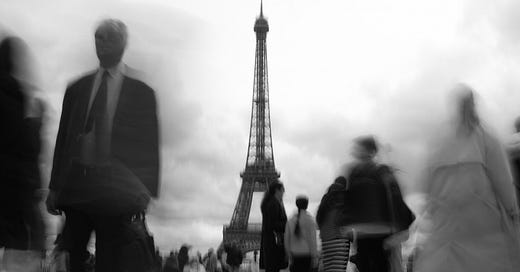


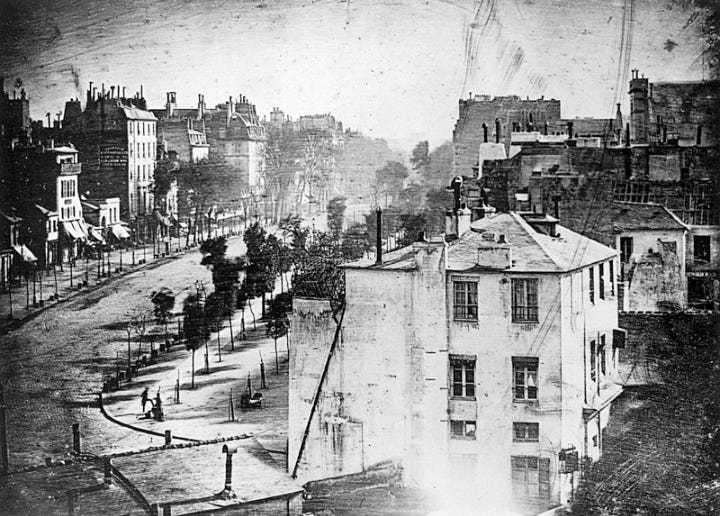
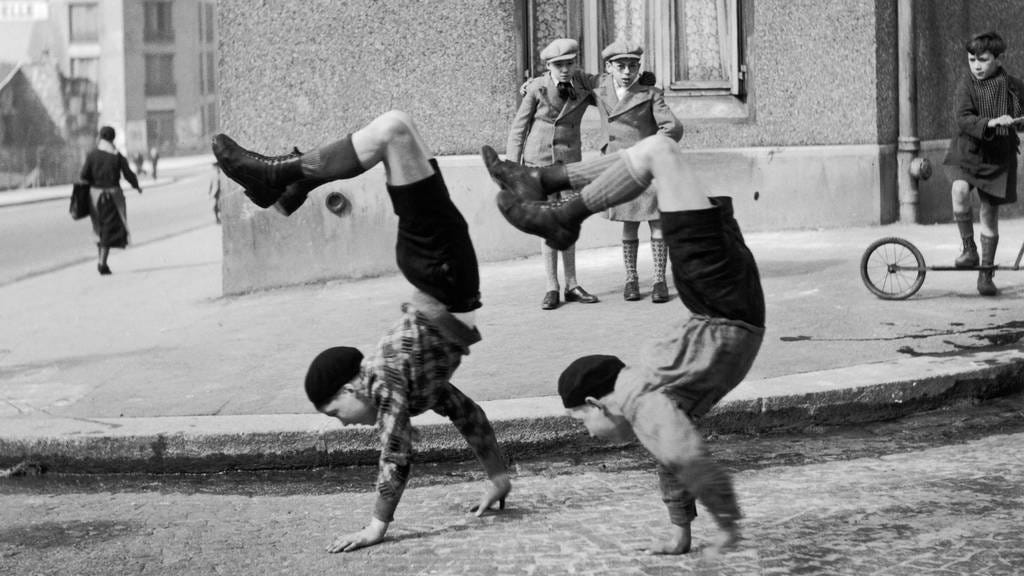
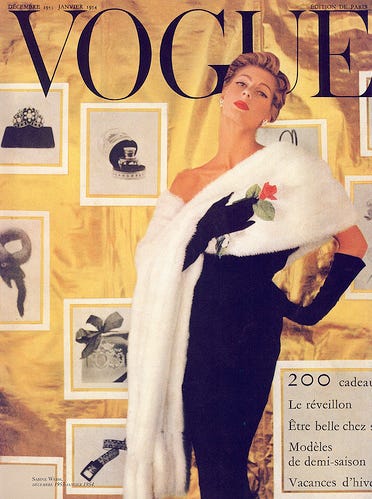
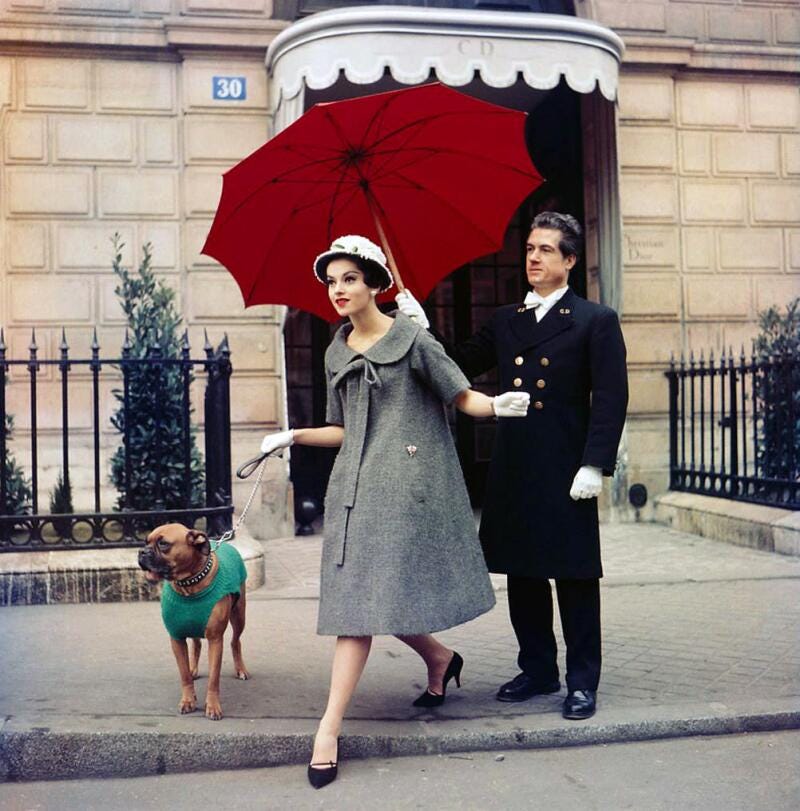
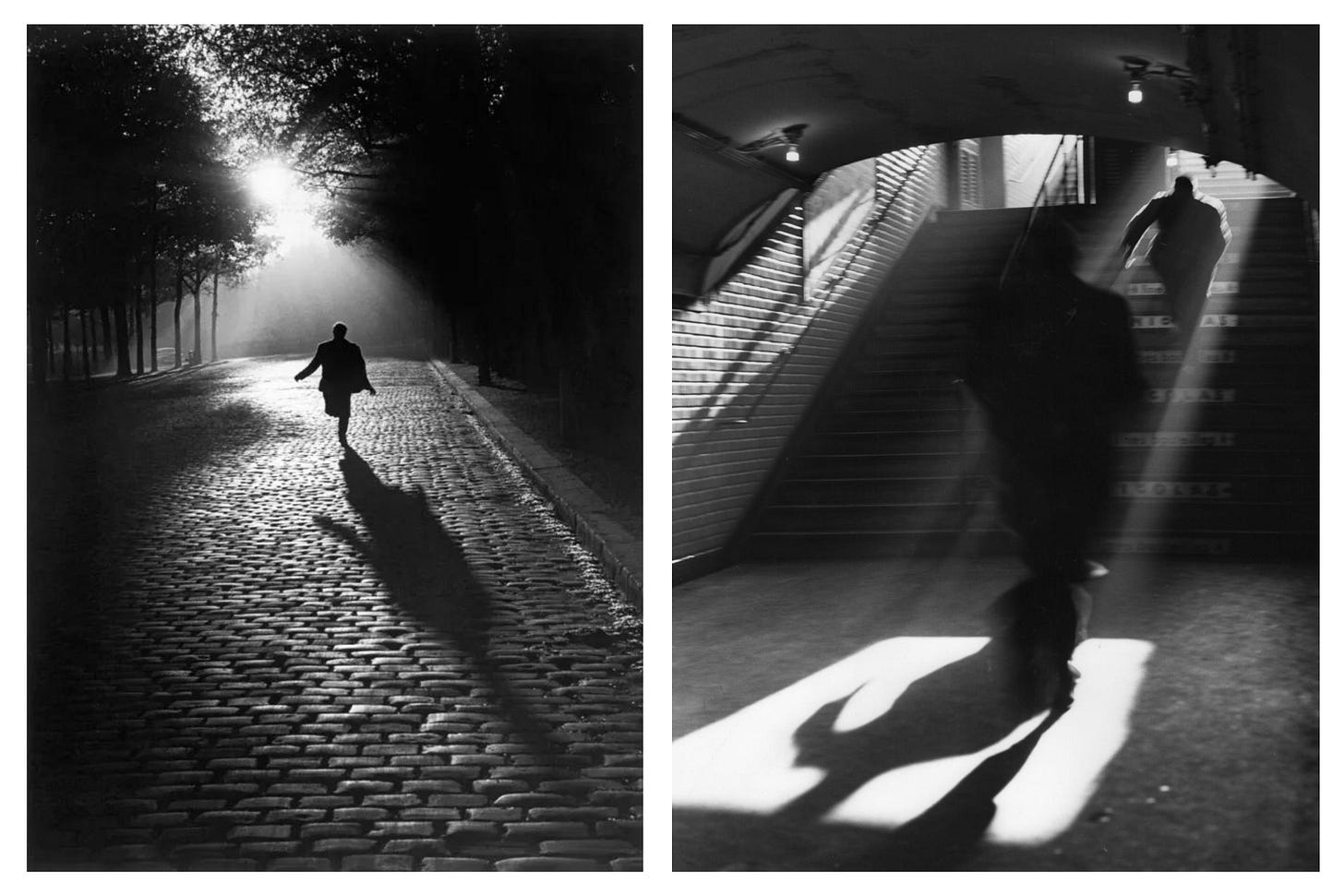
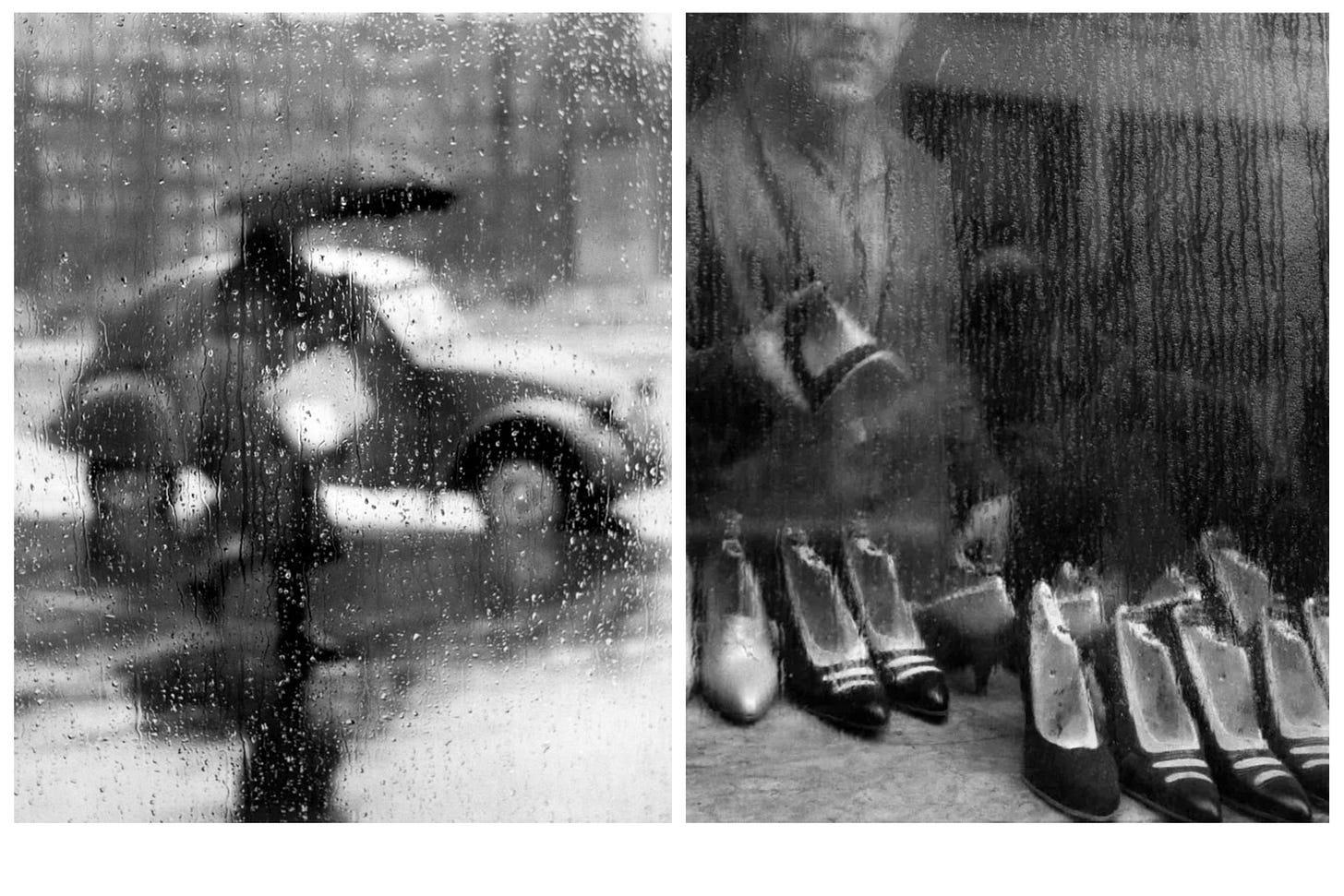

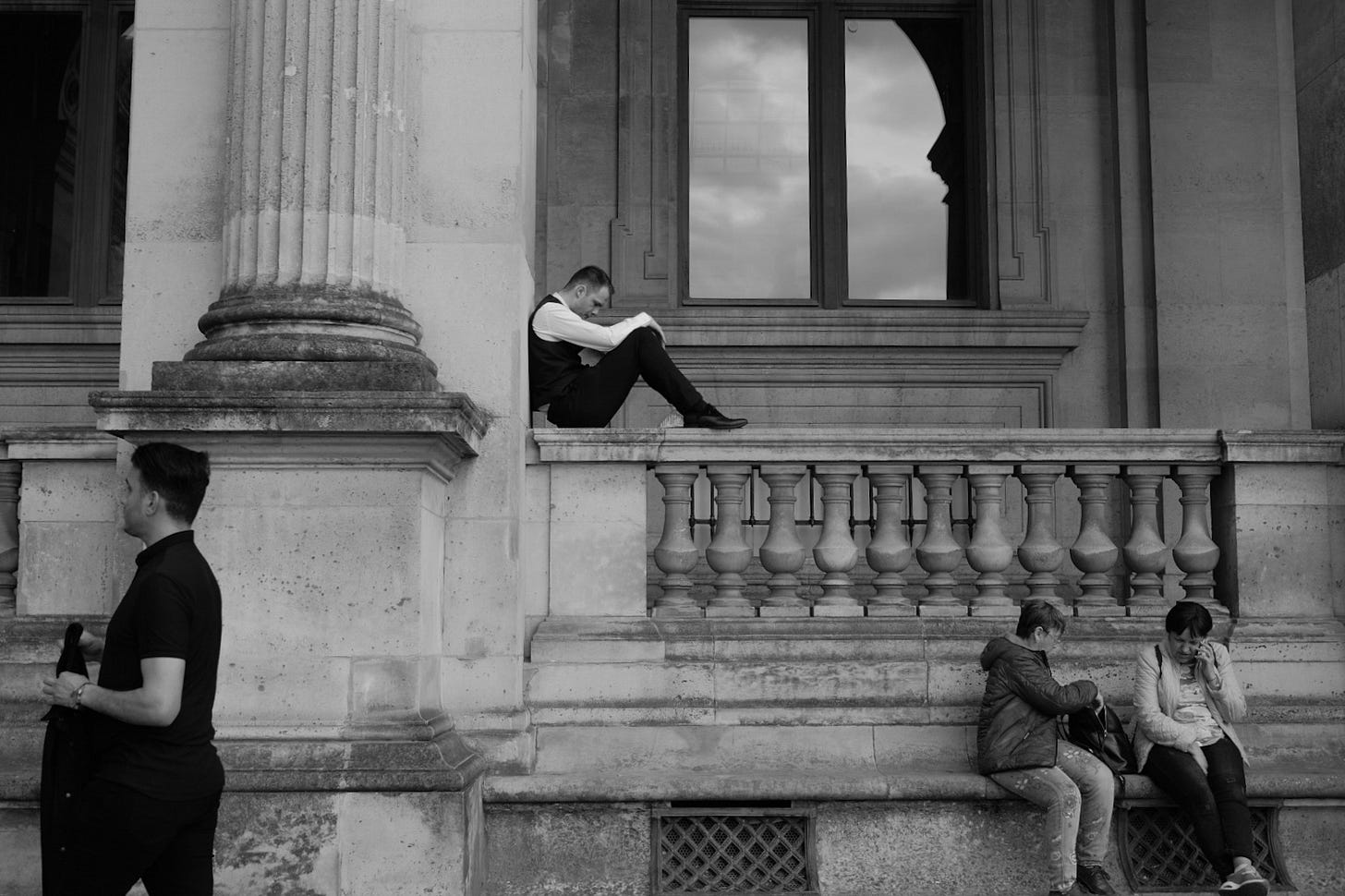

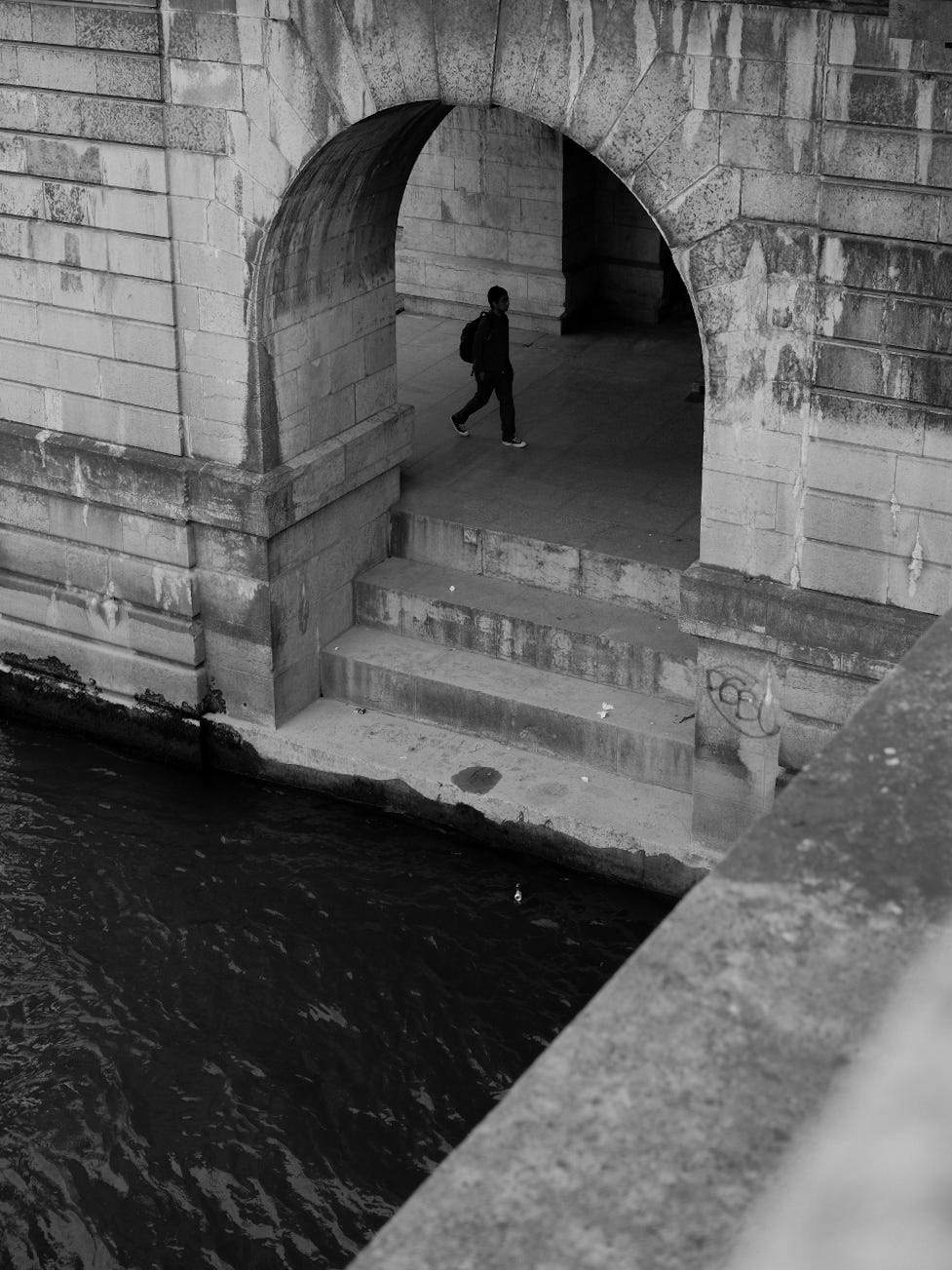

WOW. Loved this one. The photos are beautiful and the history lesson was a nice break :)